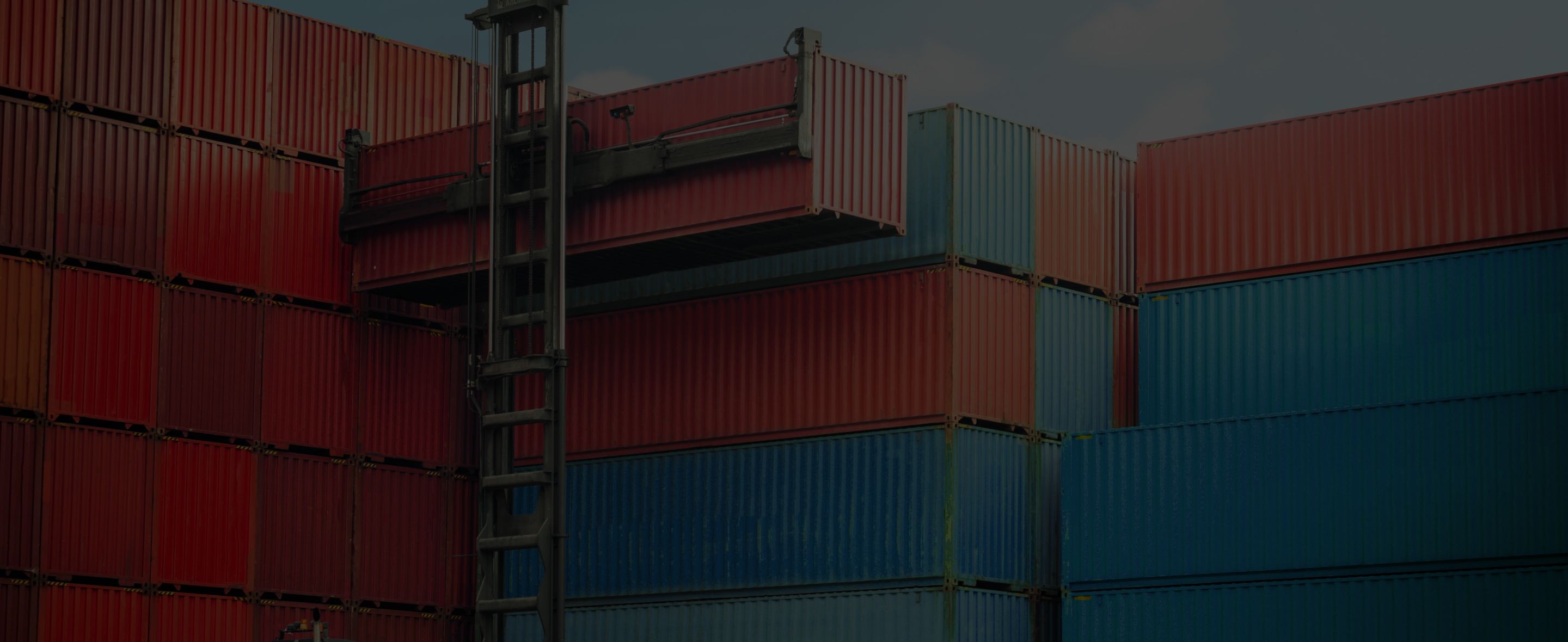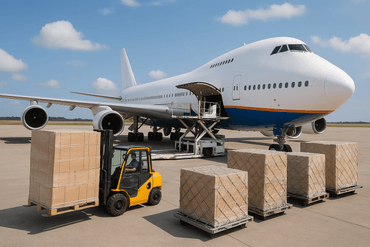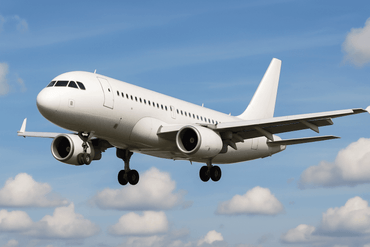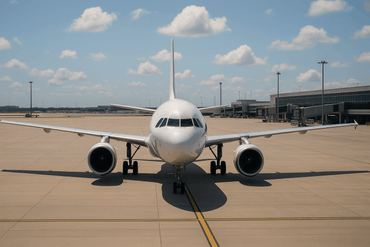
Exporting from America to China



In recent years with Chinas booming economy we have seen exports from America to China rising year on year for a wide selection of goods. Exports to China where valued at US$110.6Billion in 2011, representing 7.2% of our global export. The top 3 contributing goods to this where Oil seeds making $15.2billion, Machines, engines, pumps at $11.6billion and electronic equipment contributing $9.7 billion.
China use to be a challenging country to export too, with very stringent and complex regulations governing the import of goods and their subsequent sale on China’s domestic market. Import regulations have become easier in recent times though, contributing to the growth in exports we have seen. Some complexities still remain though which we aim to provide information on bellow.
IMPORTERS
In the past, only a very restrictive number of Chinese companies with foreign trading rights were approved for importing products into China. Further to China’s accession to the WTO (World Trade Organization), companies seeking to engage in import trade only need to register with the Ministry of Commerce (MOFCOM) or its authorized local offices according to the Foreign Trade Law and the Measures on Filing and Registration of Foreign Trade Operators in 2004.
All companies (Chinese and foreign) have the right to import most products but a limited number of goods are reserved for importation through state trading enterprises.
WHAT TO IMPORT
China classifies imports into three categories – prohibited, restricted and permitted categories. Certain goods (e.g. wastes, toxics) are banned from being imported, while select products in the restricted category are subject to strict restrictions by requiring quotas or licenses.
Most goods fall into the permitted category. Importers are free to decide how much and when to purchase. MOFCOM implements an Automatic Licensing system to monitor the import of part of these goods (e.g. machinery, electrical products). A detailed list of merchandise categories can be obtained from MOFCOM .
IMPORT TARIFFS
China charges tariffs on most imports, primarily ad valorem. These tariffs are assessed on the transaction value of the goods, including packing charges, freight, insurance premiums and other service charges incurred prior to the unloading of the goods at the place of destination. Many tariffs have been lowered since China’s accession to the WTO. The average tariff dropped from 15.3% in 2000 to 9.8% in 2009.
Value added tax (on almost all products) and consumption tax (on some products) are also assessed at the point of importation. The normal VAT rate ranges from 17% to 13% for certain items. Importers of certain consumer goods (e.g. tobacco, liquor and cosmetics) must pay consumption tax at a rate varying between 1% and 40%.
FREE TRADE ZONES
In China, there are 15 free trade zones (FTZ); these special zones provide exceptions to the usual customs procedures and allow for preferential tariff and tax treatment. All forms of trade conducted between companies in FTZs and areas in China outside the zones are subject to the usual rules that would apply to imports into China.
EXPORT PROCESSING
Special provisions (e.g. refunds of VAT and duty) apply to goods imported under export processing trade arrangements involving manufacturing contracts where all of the manufactured goods are exported. All such arrangements must be approved by MOFCOM or its local offices.
IMPORT LICENSES
The importation of certain goods requires an import license. Usually applications for import licenses are submitted to MOFCOM or its authorized local offices. For some goods (e.g. machinery, electrical products), the license is issued automatically to all applicants and is only used to track imports more accurately. In other cases, approval is not automatic. Such non-automatic import licenses are used to control the importation of dangerous goods and to implement tariff rate quotas (i.e. two-stage tariffs, where the right to pay a lower tariff is granted to importers up to a certain total quantity of goods).
TARIFF RATE QUOTAS (TRQS)
TRQs (i.e. two-stage tariffs, where the right to pay a lower tariff is granted to importers up to a certain total quantity of goods) are in place for wheat, corn, rice, sugar, wool, cotton, certain fertilizers, and wool tops. Chinese companies seeking to import at the lower TRQ tariff rate must apply to MOFCOM for an allocation between October 15th and 30th each year (or for re-allocations of unused TRQ, between September 1st and 15th each year).
IMPORT INSPECTION/CERTIFICATION
Complex inspection and certification requirements are in place, requiring certain goods to be inspected on arrival and/or to be accompanied by formal certification recognized by the Chinese government (e.g. CCC and RoHS for electrical goods or pest-free certification for certain agricultural products). Goods that fail to pass the required inspections and/or that are not accompanied by the required certification may be confiscated. Certification requirements may include factory inspections in Canada.
In some cases, China recognizes certification provided in America, in other cases testing needs to be conducted in China to obtain the necessary certification. For some goods (primarily agricultural goods and electrical/electronic products), it may also necessary to have the American factory or processing facility certified by the Chinese government (which may require site visits by Chinese inspectors paid for by the American company).
LABELING/PACKAGING REQUIREMENTS
China has a range of labeling and packaging requirements in place that are particularly important for consumer goods. In some cases, goods that do not meet these requirements will be refused entry to China.
SHIPPING LOGISTICS
The main ports for exporting to China are Shanghai, Ningbo, Shekou, Dalian,and Lianyuangang. Generally shipments to China are competitively priced as both US ports and Chinese ports have a good flow of import and exports - partly due to the large number of exports from the US to China -, this also helps maintain a high frequency of shipments, often running once a week. Transit times can vary quite a bit depending on ports used, changing weather and unexpected delays so it is worth comparing yourself, but shipping’s on average take approximately 30-40 days to arrive.
Related Articles


